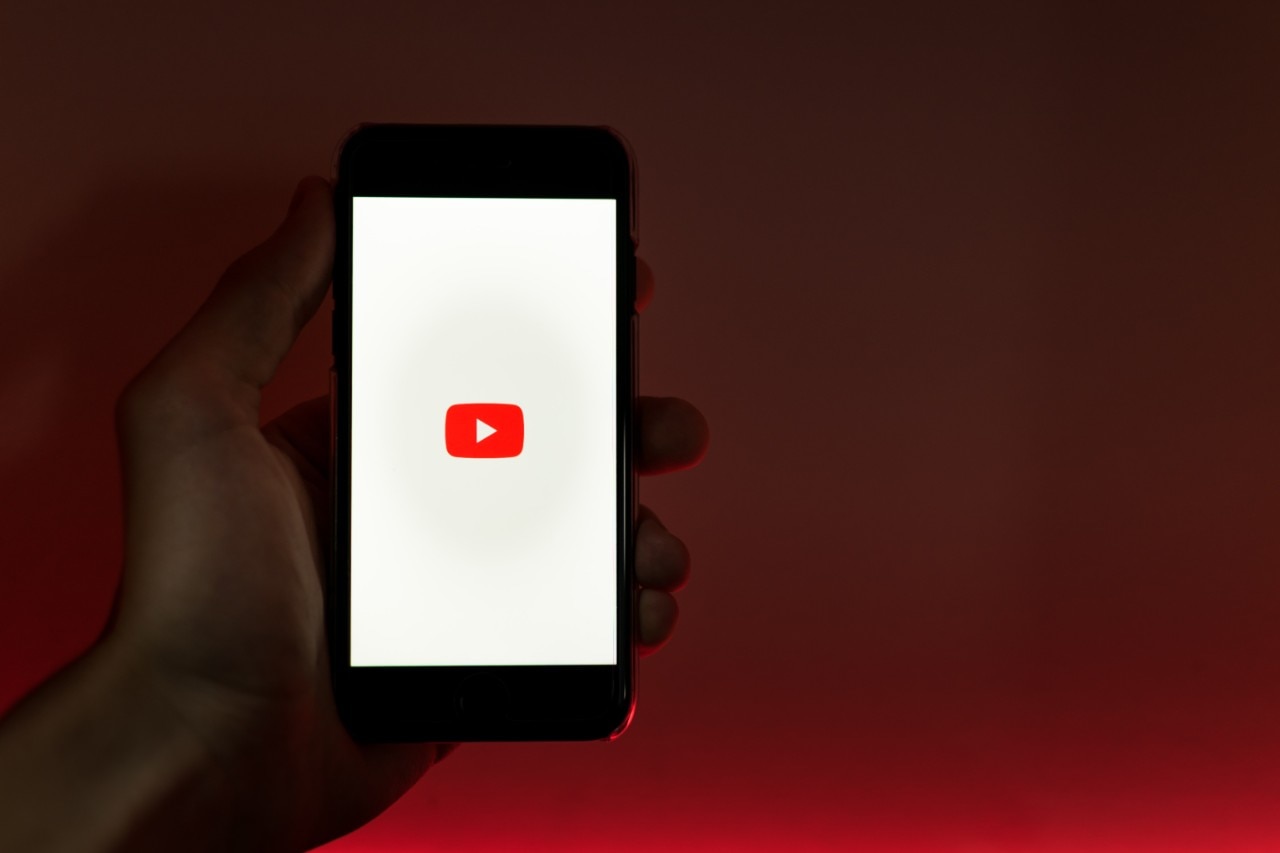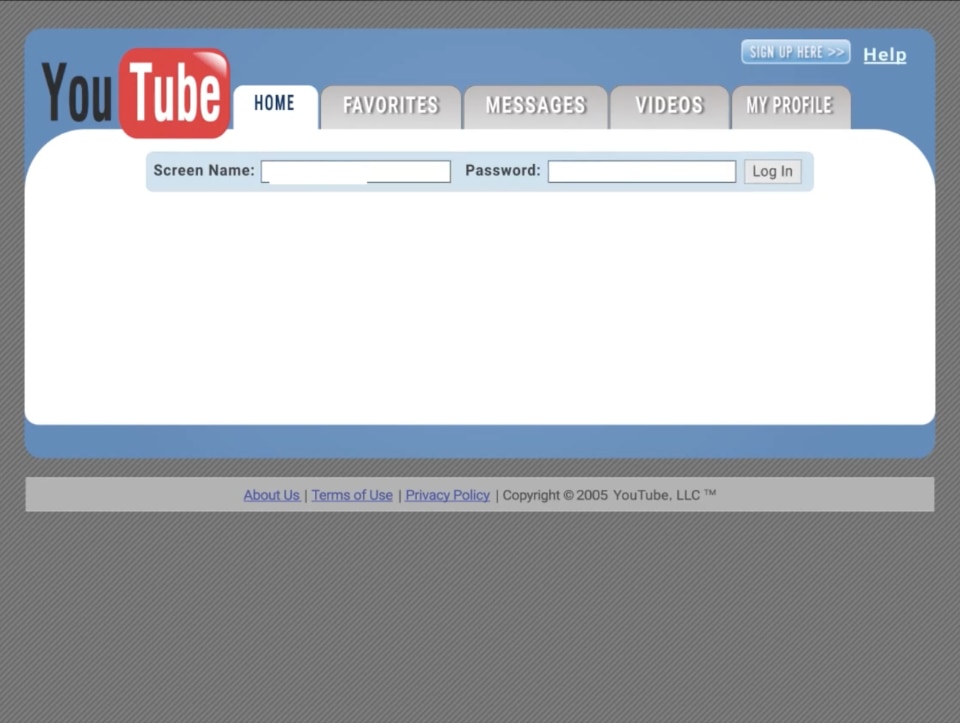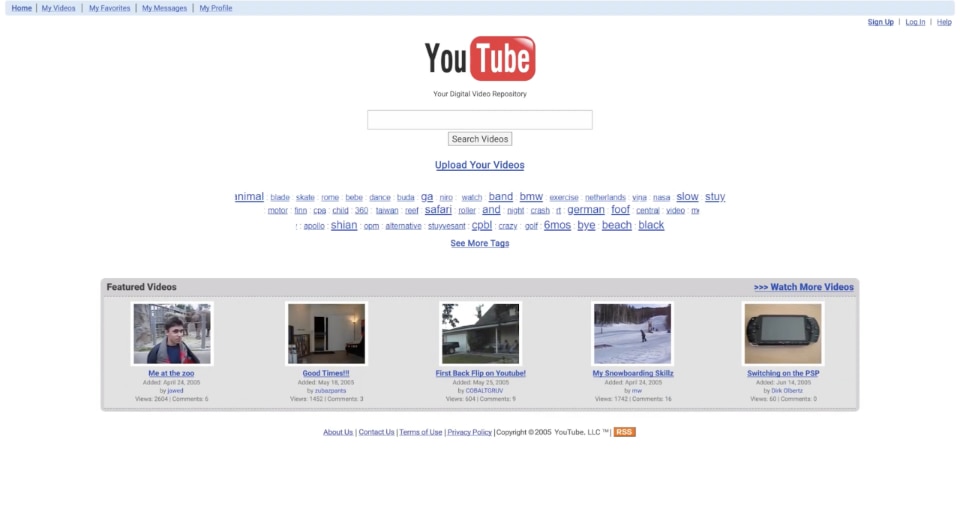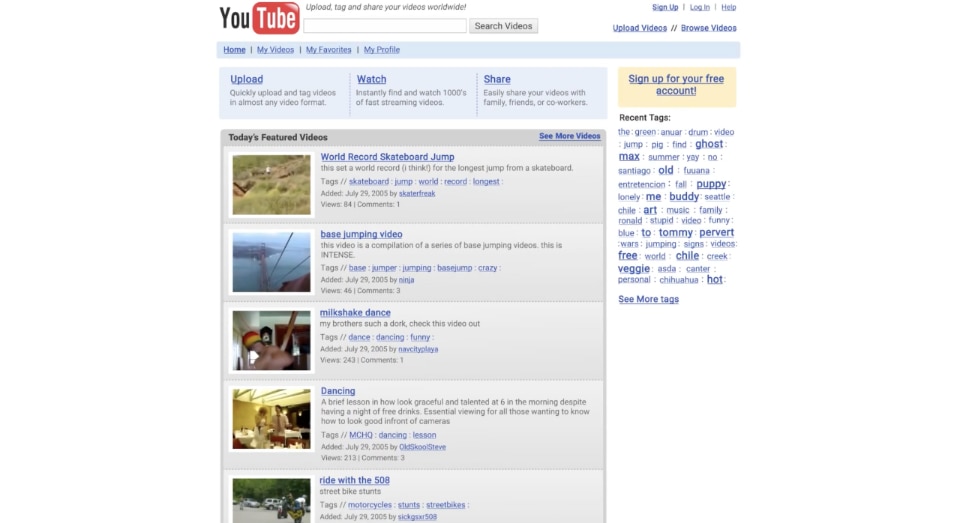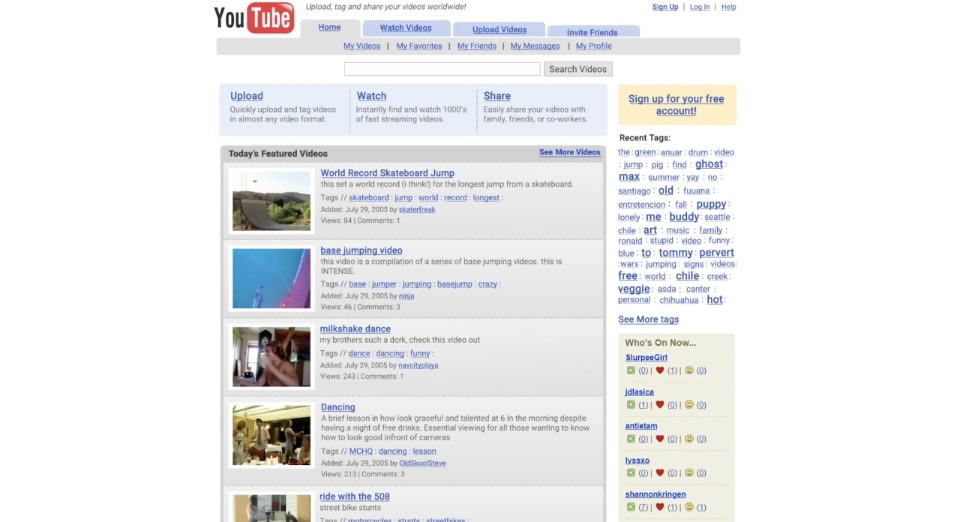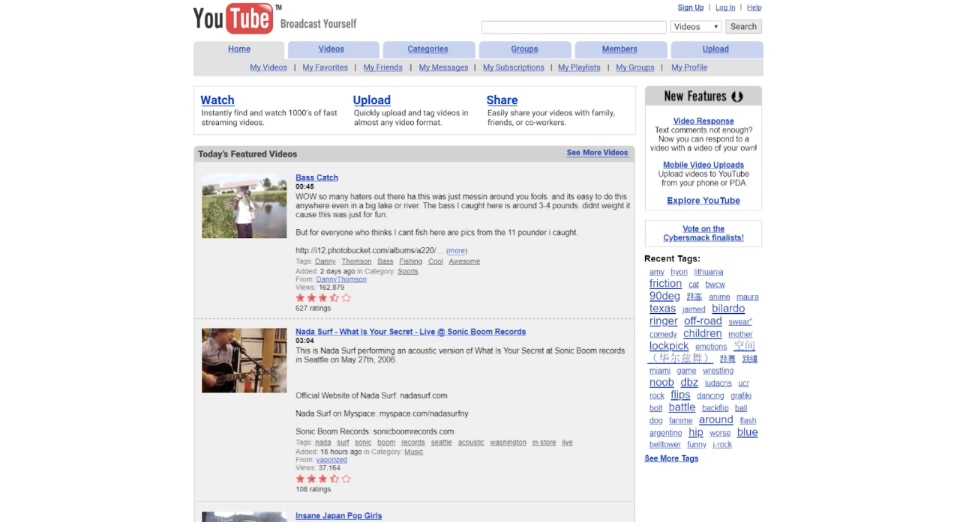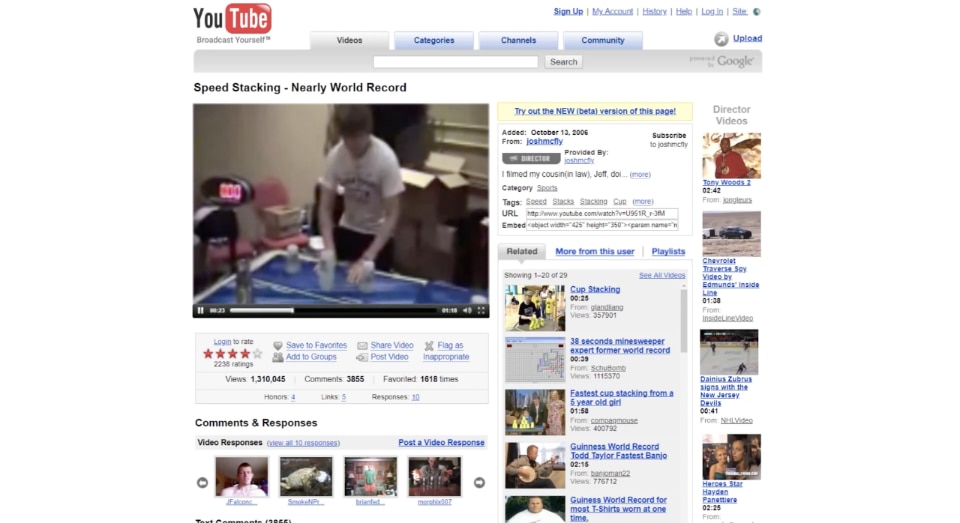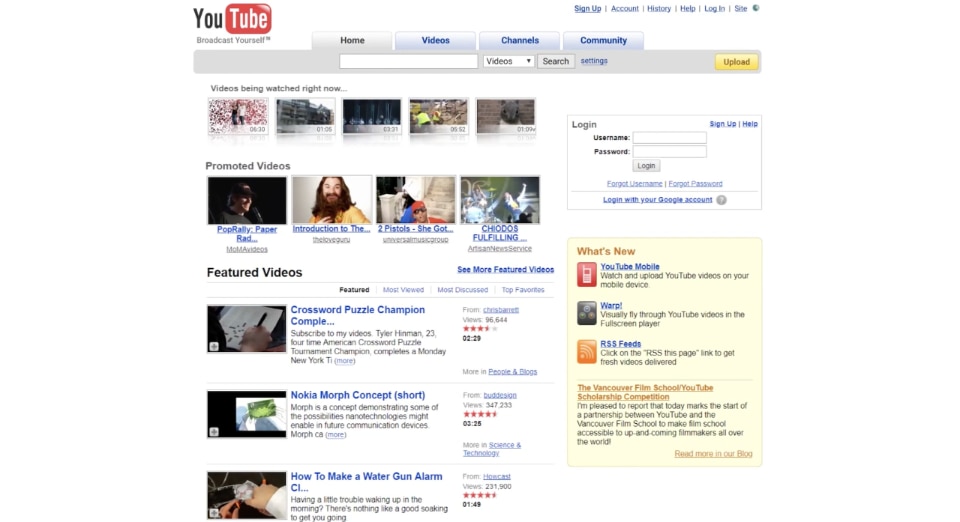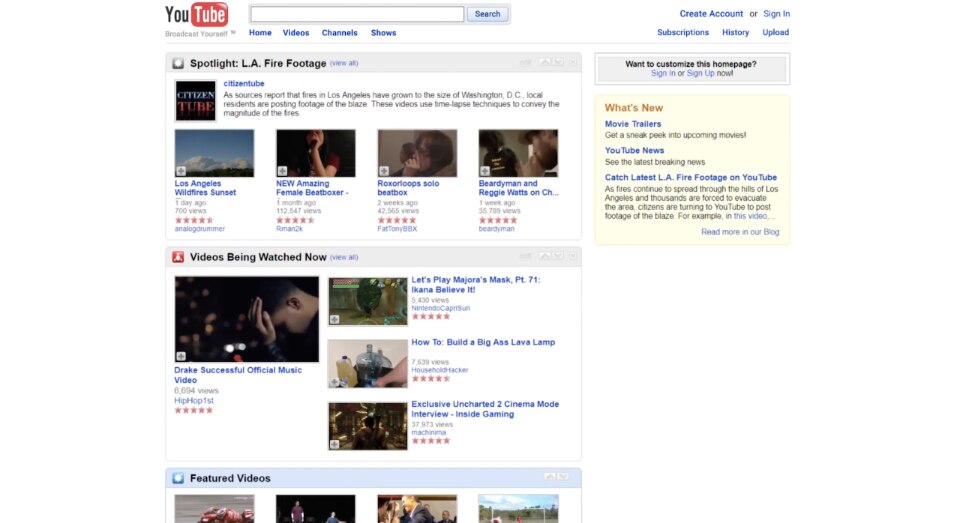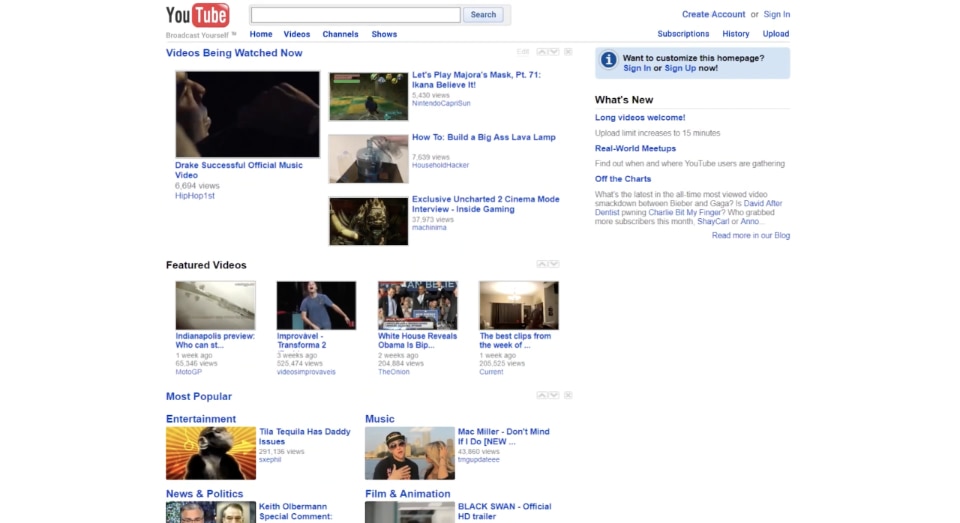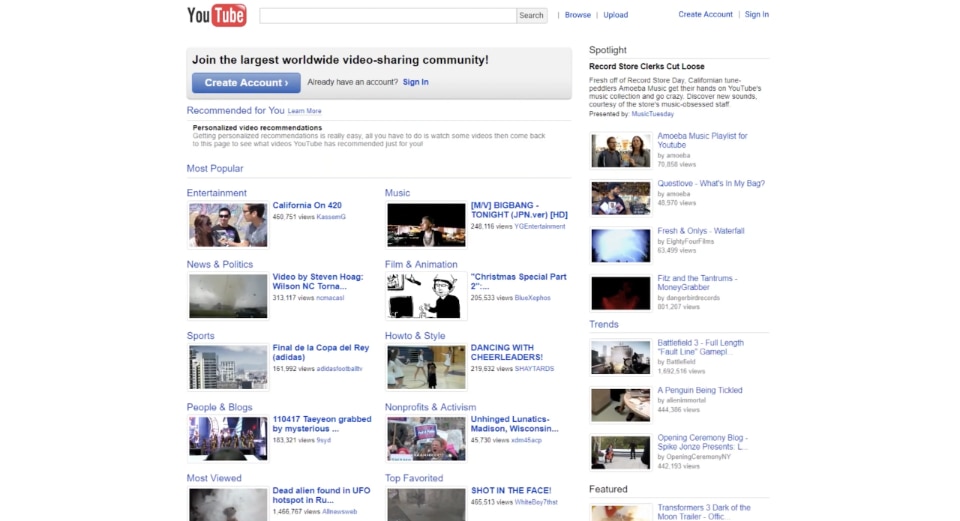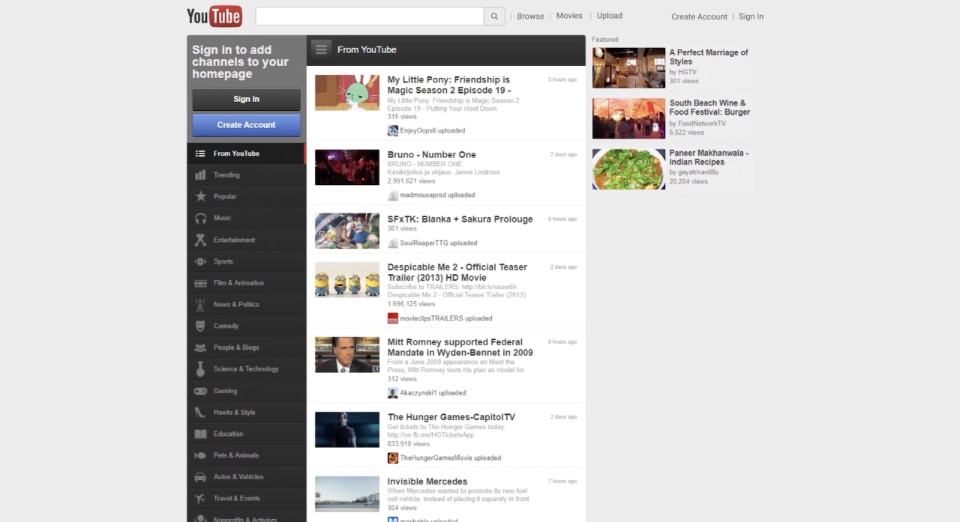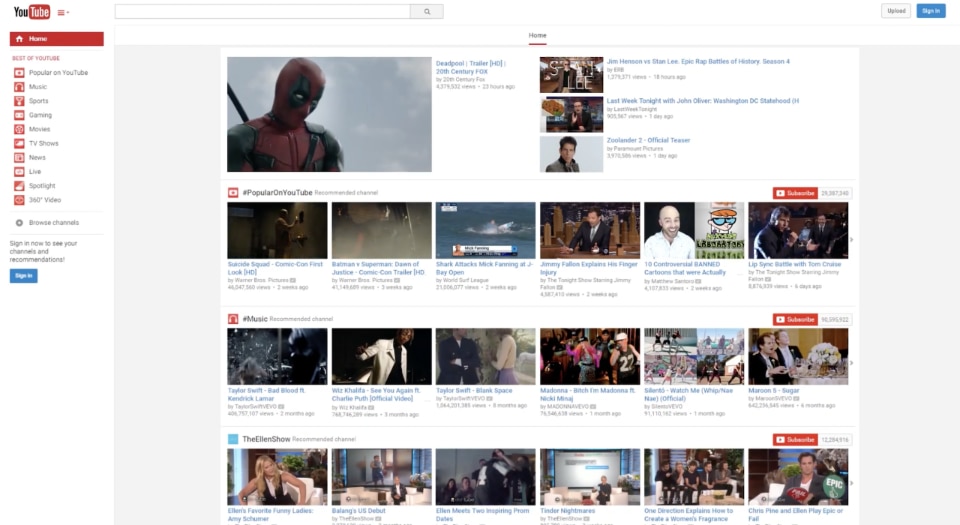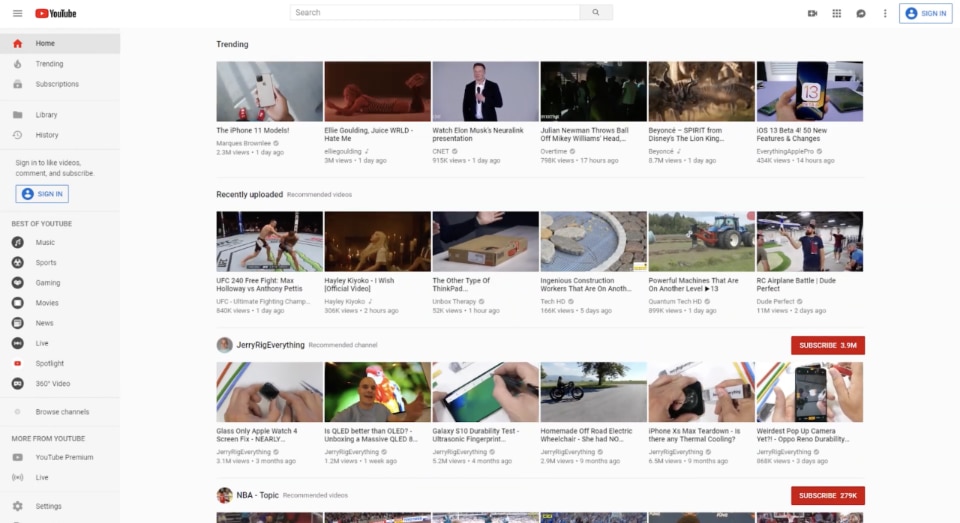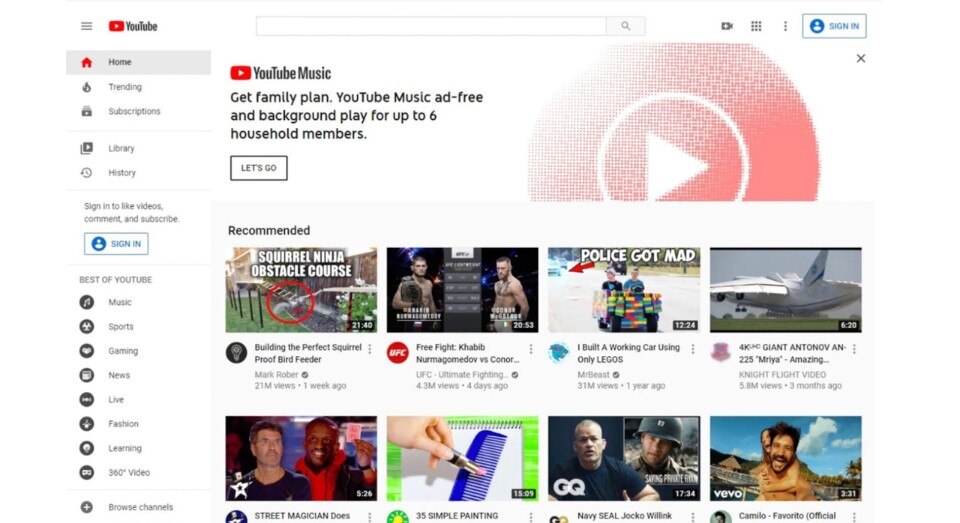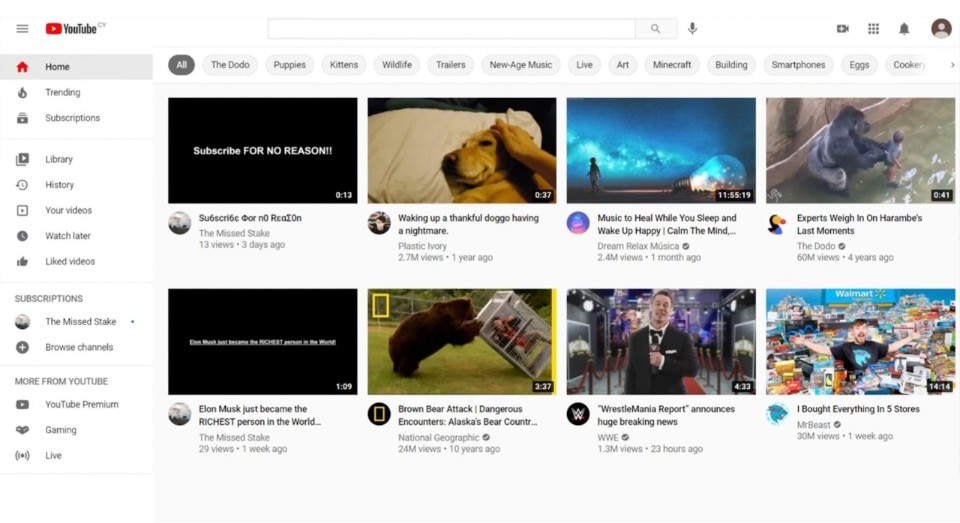On Valentine’s Day this year, YouTube turned 16. In its home country, the United States of America, that is the age of majority. At the age of 16 it is possible to drive a car, with all that this means in a country that has made the journey one of the symbols of its culture. At those latitudes, a car is usually given as a present at birthday parties, at least as the MTV reality shows have taught Italians. But that is material for another story.
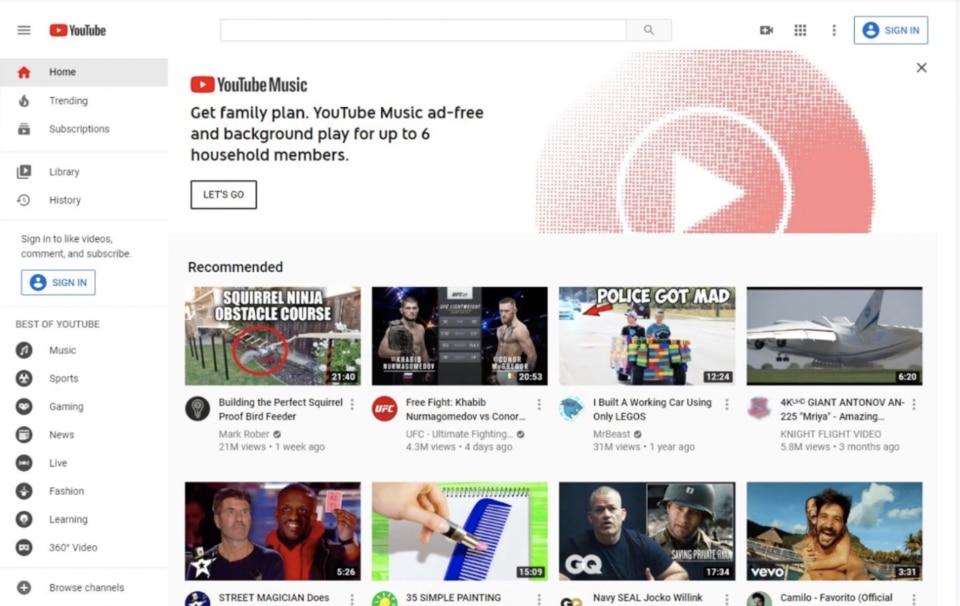
What I am dealing with here is the story of a platform whose importance in the development of Web 2.0 has been crucial. In fact, YouTube is the service that has defined the canons of video sharing, a very common activity today, but which, when it was launched by its founders, three former PayPal employees named Steve Chen, Jawed Karim and Chad Hurley, was still something complex and quite inaccessible, at least to most non-tech-savvy people.
As all web 2.0 platforms, YouTube’s success is due to its ability to facilitate a complex operation such as sharing videos on the web, by reducing at the same time the cost barriers needed to distribute this kind of content. The first of many was uploaded by one of the three founders, Jawed Karim, who made available a short film of only eighteen seconds entitled Me at the zoo on his account at 8:27 p.m. on 23 April 2005.
It is about just a few frames showing the elephants’ cage at the San Diego Zoo in California. And yet it was enough to make all the difference in the world. Born under the aegis of a payoff – broadcast yourself – that could not be more explicit, from the very beginning, YouTube was the chosen platform by those who wanted, with their own amateur video, to try to carve out the famous fifteen minutes of fame that Andy Warhol prophesied should become an everyone’s right in less rigid times than his own.
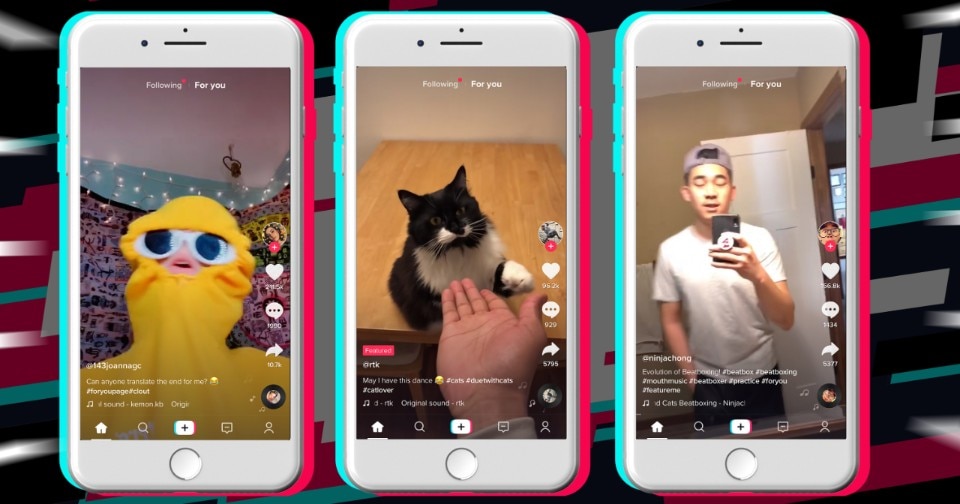
And so, it was. So much so that, for a while, the expression youtuber came to mean all those people who, using the net, try to build a career doing something that, in other contexts and by other means, would be impossible for them. That is, producing information, entertainment or, more generally, knowledge in various forms. A category of people that today we also call influencers, when their success and power grow to the point of becoming overwhelming, or, more modestly, content creators, when their dimension requires them to scramble to produce as much content as possible to share on as many platforms as possible, thus becoming, from time to time, TikTokers, Instagrammers, streamers.
They are the ones who have made YouTube the website with the highest growth rate in its ten-year history, decreeing its success and carving out for it a privileged place in the contemporary culture panorama. This importance is also certified by YouTube’s extraordinary ability to create its own aesthetic, doing what all digital media do best, i.e., remediating other media, as J.D. Bolter and Richard Grusin well explain in their Remediation, a true key text in media studies.
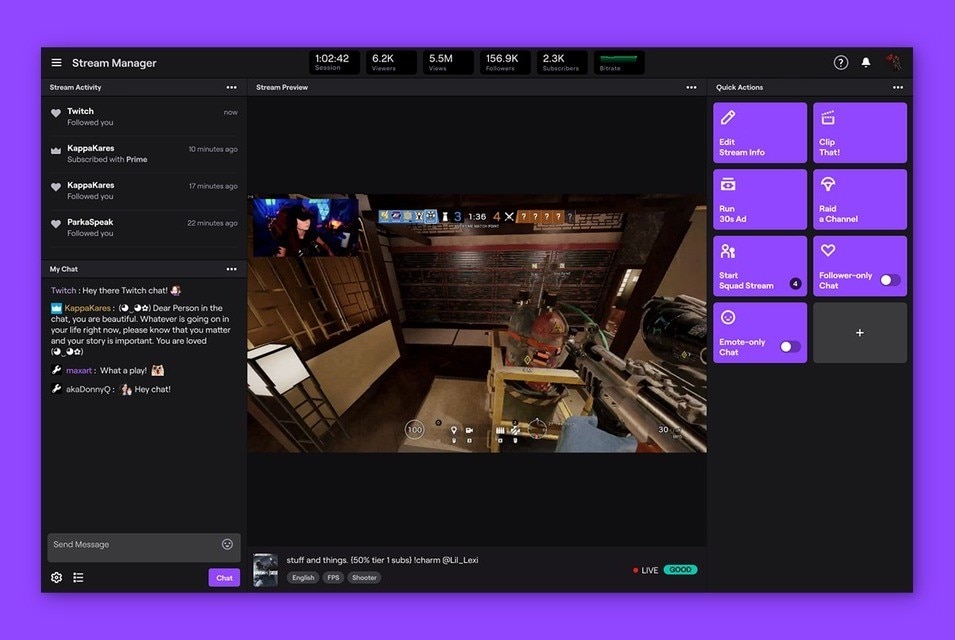
Borrowing a number of elements from television, the meat puppet, for example, and from cinema, the montage, the platform’s users have adapted them to the bombastic and exaggerated typical language of the Internet culture, creating a series of highly recognisable formats that have spread rapidly around the world. The reaction, which is a reaction to something happening; the tutorial, which is an instruction manual for practically everything; the gameplay, which is a video game session. These are just a few examples, but there are plenty more to discover.
Actually, a large part of this growth and success is due to Google which, as the wise and good guardian of a nineteenth-century romance novel, took YouTube under its wing, acquiring it in 2006, when the video-sharing service still looked like a black, a bit weird ugly duckling which nobody really believed in. So, under his leadership, YouTube turned into the profitable and very popular tool it has become today.
And yet, despite this success, YouTube, which is coming of age, seems a bit tired, tarnished. Questionable design and management choices seem to have taken away some of the good old days polish, and a host of aggressive youngsters is coming after it to undermine its supremacy. Whether Instagram with its Stories, TikTok with its videos or Twitch with its live streams will really be able to take the sceptre and the crown from him, only depends on posterity. For now, we will just wish him luck. Happy sweet sixteenth, dear YouTube.


